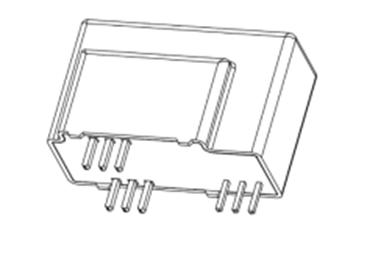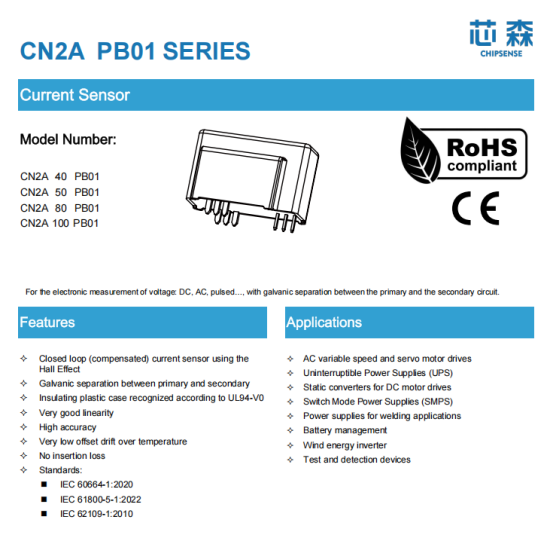
In the power system, the inverter is an important electronic device. It can convert direct current into alternating current and achieve the conversion between direct current power sources and alternating current loads. Inverters have a wide range of applications, including power transmission, distributed power sources, electric vehicles, aerospace and other fields. This article will introduce in detail the working principle, types and applications of inverters.
Working principle:
The working principle of an inverter can be simply understood as converting direct current into alternating current through the control of electronic components. Specifically, the inverter contains some switching elements inside. By controlling the on-off state of these elements, direct current can be converted into alternating current of a certain frequency. These switching elements can be power electronic devices.

Type:
Inverters can be classified into various types based on factors such as their operating frequency, power level, and application scenarios.
Classified by working frequency: there are power frequency inverters, medium frequency inverters and high frequency inverters. Power frequency inverters are typically used for high-power power supplies, medium-frequency inverters for medium and low-power power supplies, and high-frequency inverters for low-power power supplies.
Classified by power level: there are small inverters, medium inverters and large inverters. The power of small inverters is usually below 100W, that of medium-sized inverters ranges from 100W to 10kW, and that of large inverters is above 10kW.
According to application scenarios, there are grid-connected inverters, off-grid inverters and hybrid inverters. Grid-connected inverters are used in grid-connected systems, off-grid inverters are used in independent power supply systems, and hybrid inverters have the functions of both.
Application:
Inverters have extensive applications in various fields.
Power transmission: Inverters can convert DC power into AC power, which is used for boosting and reducing the voltage in the power transmission system.
Distributed power sources: Inverters can convert direct current from renewable energy sources such as solar and wind power into alternating current to supply loads or grid-connected systems.
Electric vehicles: The inverter is an important component of the drive system in electric vehicles, converting direct current into three-phase alternating current to drive the motor to operate.
In conclusion, an inverter is an important device for converting direct current into alternating current and has broad application prospects. With the development of power electronics technology, microelectronics technology and control technology, the performance and reliability of inverters will continue to improve, providing more high-quality and efficient power conversion solutions for power systems and various application scenarios.
Introduction to related sensor products:
CN2A PB01 is a high-precision closed-loop Hall current sensor developed by CHIPSENSE based on Hall technology. It features outstanding accuracy, very small temperature drift, and excellent linearity. The measurement range is from 25A to 100A, and the power supply is ±12 to 15V. Due to its advantages of high measurement accuracy, low power consumption, and high isolation and withstand voltage of the primary and secondary sides, it is very suitable for inverter applications.

CHIPSENSE is a national high-tech enterprise that focuses on the research and development, production, and application of high-end current and voltage sensors, as well as forward research on sensor chips and cutting-edge sensor technologies. CHIPSENSE is committed to providing customers with independently developed sensors, as well as diversified customized products and solutions.
“CHIPSENSE, sensing a better world!
www.chipsense.net
4F, Building C, ZHENGLING.Hi-TECH PARK(Core Space) , No. 2 Cuizhu 2nd Street, Xiangzhou District, Zhuhai, Guangdong Province, China
+86-756-8600806